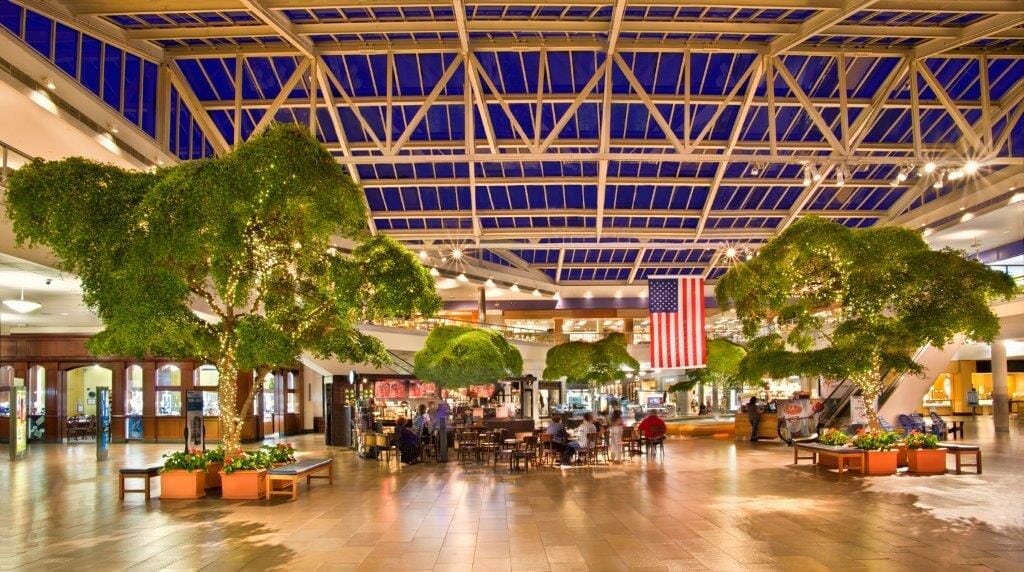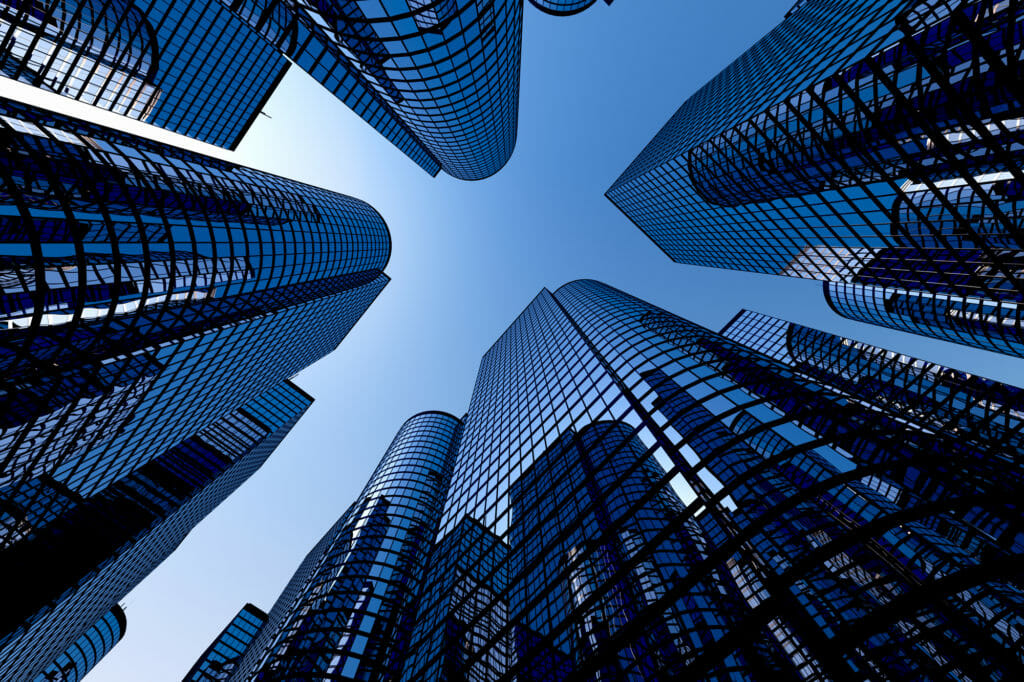The Garden Secret
Throughout hotels in Europe and Asia, and especially in countries like Holland and Japan, indoor landscaping is as common as tulips and chopsticks, because the cultural and social relevance is embedded in their way of life. […]
Environmental, Social, and Governance (ESG) regulations and trends are emerging and ramping up across the world. Focusing on the “E” in ESG, companies have a new corporate responsibility to be investing in green and environmentally sustainable choices that impact employee well-being and the business’ environmental footprint on the planet.
Let’s discuss what ESG is, what it means for companies’ environmental decision-making, and the role biophilic design plays in creating environmentally responsible environments.
Environmental, Social, and Governance, or ESG, refers to a framework that assesses an organization’s business practices as they pertain to sustainability and ethical impacts. Some companies are choosing to implement ESG initiatives, but many are becoming legally obligated to, as new global regulatory actions are taken to improve the environmental state of the planet. The goal is to hold businesses accountable for their social, economic, and environmental impacts and create a global culture of awareness that contributes to a greener, cleaner world.
If they aren’t already, many organizations will soon be required to make certain environmental changes to their business practices and carbon footprint and submit regular reporting to relevant government agencies. This means businesses need to be able to:

A major factor in environmental health is the design and development of buildings and interior spaces. In 2020, carbon dioxide emissions from building operations accounted for 37% of global energy-related carbon emissions, and that number has only continued to climb. As organizations align their decisions with ESG regulations, the design of office spaces and buildings needs to be a critical factor.
In the construction of new buildings, there are a number of environmental initiatives in place toward which many companies are moving. But what about buildings and office spaces that already exist? Companies need to account for the emissions and environmental impact of new and existing spaces, and that’s where biophilic design comes in.
By implementing biophilic design in corporate spaces, organizations can work to reduce carbon emissions and other negative environmental impacts. Incorporating green elements into interior spaces, such as live plants, green walls, and vertical gardens, it can significantly reduce carbon emissions and counteract a company’s carbon footprint. In fact, plants absorb 30% of the carbon dioxide emitted by humans each year. It’s not an ultimate fix, but it can make a major difference in environmental sustainability, and every company needs to play its part.
Ready to take your step toward a more sustainable space with biophilic design? Contact the team at Raimondi Horticultural Group, Inc. today.
Want to know how we can help you?

Throughout hotels in Europe and Asia, and especially in countries like Holland and Japan, indoor landscaping is as common as tulips and chopsticks, because the cultural and social relevance is embedded in their way of life. […]

Biophilic design is taking the commercial building interior design world by storm and it’s a trend that’s here to stay. It revolves around bringing nature indoors to calm and inspire building inhabitants and visitors. On the surface, it may seem simple, idealistic or a fad to appease today’s workforce. However, that couldn’t be further from […]
Want a natural way to make indoor workplaces healthier, calmer, and more productive? Join the growing trend of adding interior plants to office settings. […]